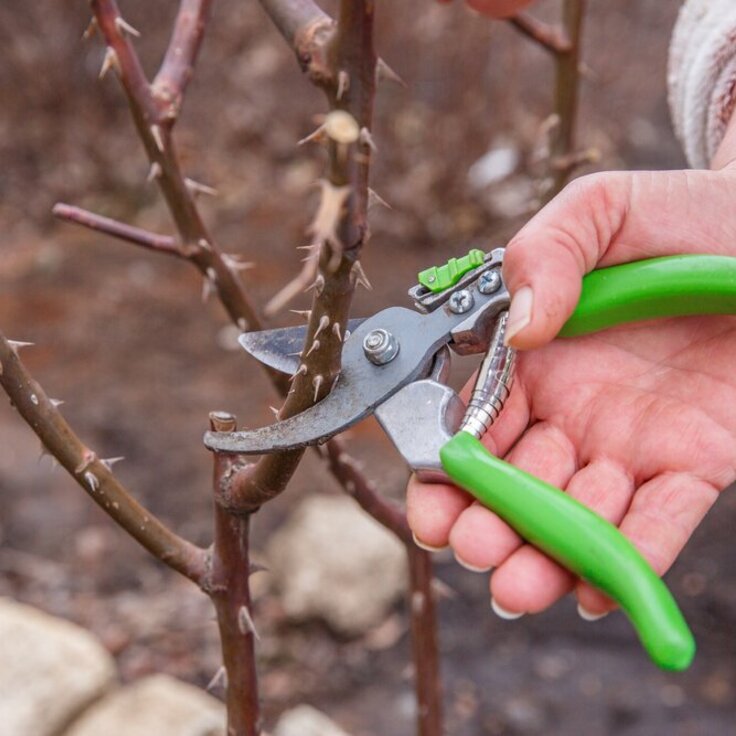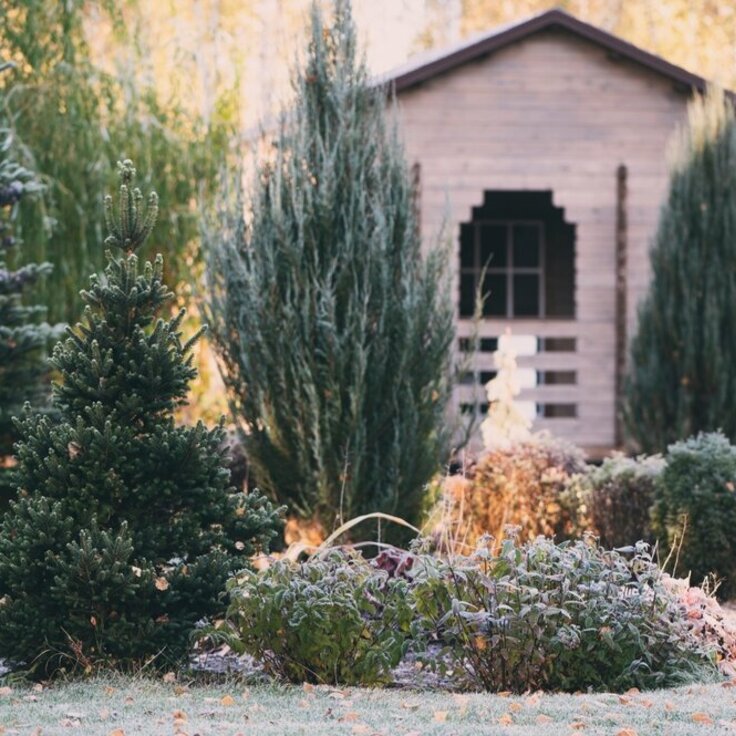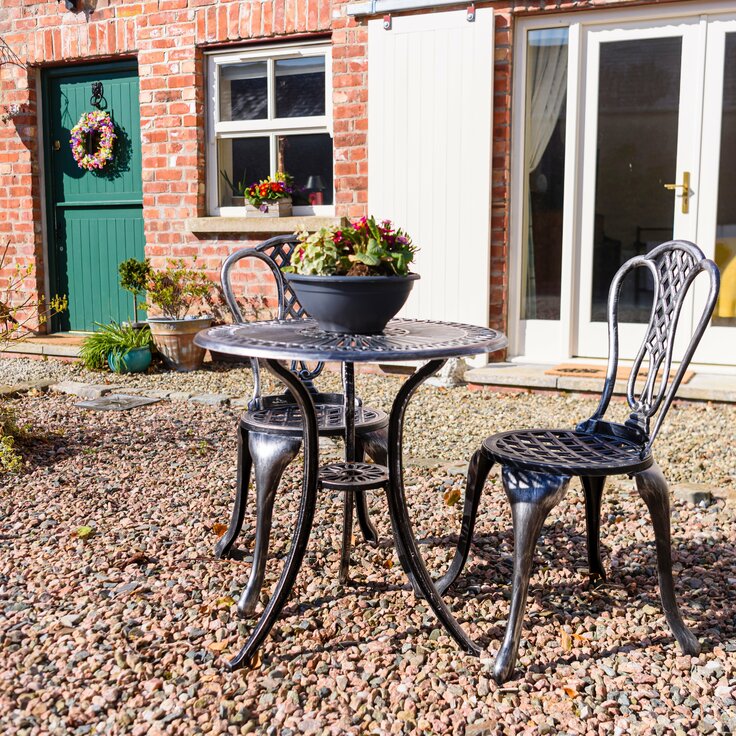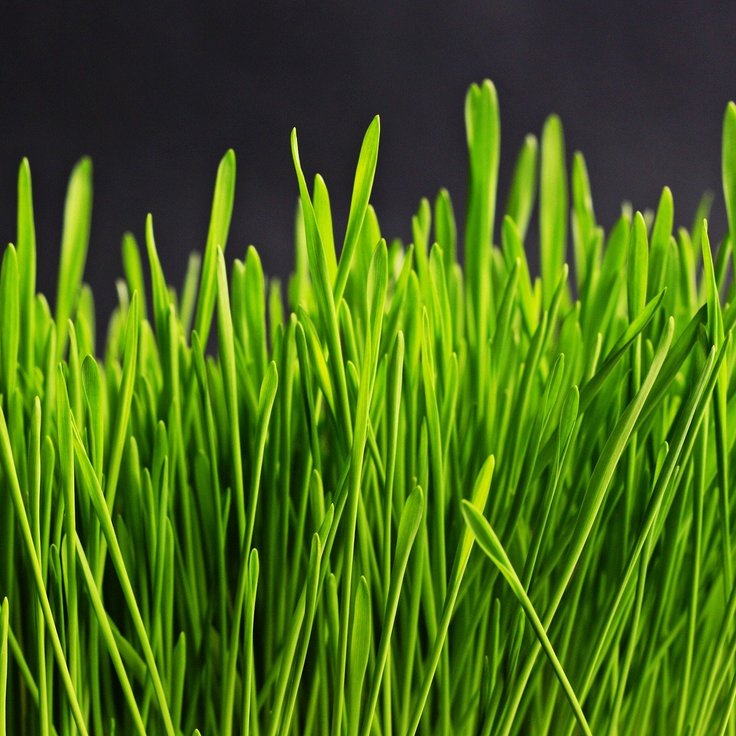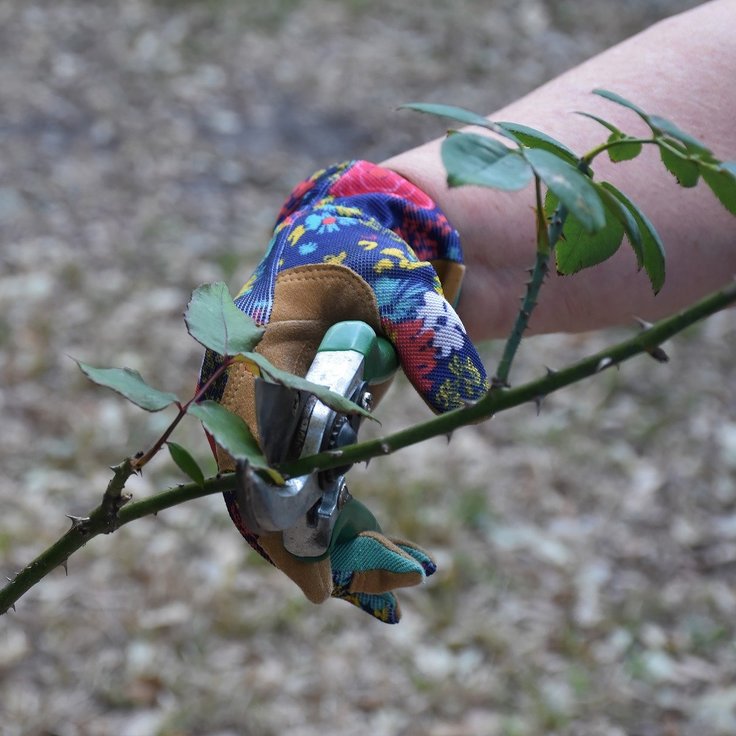Cultivating Nature's Palette: A Comprehensive Guide to Wildflower Gardening
Wildflowers hold a special enchantment in the world of gardening, weaving a vibrant tapestry of color and providing a sanctuary for pollinators. If you're considering introducing these captivating blooms to your outdoor sanctuary, it's crucial to grasp the art of sowing wildflowers. In this comprehensive guide, we'll delve into the intricacies of procuring and sowing wildflowers, ensuring your garden flourishes with the beauty of nature.
Understanding Wildflowers
Before delving into the sowing process, it's vital to understand the essence of wildflowers. These resilient plants are adapted to thrive in diverse environments, from open meadows to rugged slopes. Their ability to flourish with minimal intervention makes them a favored choice for environmentally-conscious gardeners seeking to bolster local biodiversity.

The Benefits of Wildflowers
Beyond their visual allure, wildflowers offer a plethora of benefits to both humans and the environment. They serve as vital habitats and food sources for bees, butterflies, and other pollinators, thereby contributing to ecosystem vitality. Additionally, their deep root systems aid in soil retention and enhancing soil quality, making them invaluable allies in sustainable landscaping practices.
Procuring Wildflowers
When embarking on your wildflower journey, selecting premium seeds is paramount. Choose reputable suppliers or nurseries that offer a diverse array of native wildflower species suited to your region's climate and soil conditions. Whether you opt for individual species or pre-mixed seed blends, ensure they are labeled as suitable for your specific planting zone.
Planning Your Wildflower Garden
Prior to sowing your wildflower seeds, take the time to plan your garden layout. Consider factors such as sunlight exposure, soil composition, and drainage to determine the optimal location for your wildflower patch. Whether you're crafting a meadow-inspired retreat or accentuating existing flower beds, thoughtful planning will magnify the impact of your wildflower showcase.
When to Sow Wildflowers
Timing is pivotal for the success of your wildflower garden. While wildflowers are adaptable, sowing them at the opportune moment can bolster germination rates and establishment. Generally, early spring or late autumn present ideal periods for sowing wildflower seeds. This timing allows seeds to capitalize on natural cycles of rainfall and temperature fluctuations, fostering robust growth.
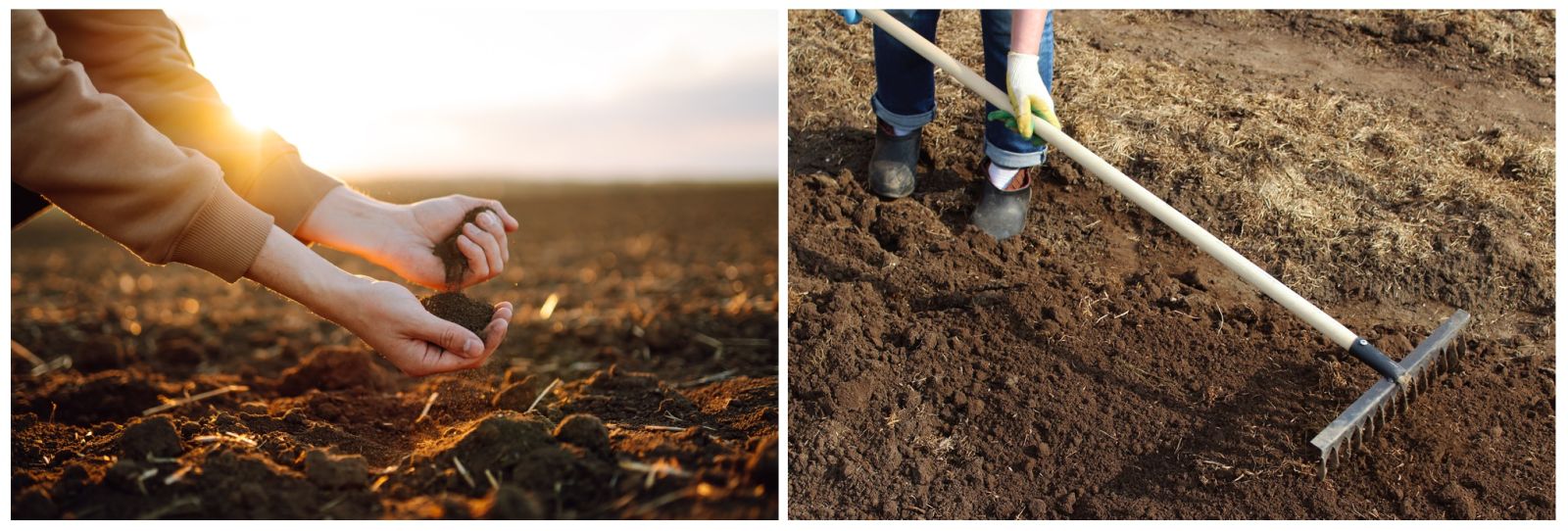
Sowing Wildflowers
Now that you've procured your seeds and pinpointed the perfect spot, it's time to sow your wildflowers. Commence by preparing the soil, ensuring it is free from weeds and debris. Depending on the species, wildflower seeds may necessitate varying sowing techniques. Some seeds thrive with surface sowing, while others benefit from being lightly covered with soil. Adhere to the instructions accompanying your seeds for optimal results.
Caring for Your Wildflower Garden
Once your seeds are sown, consistent care is essential to nurture their growth. Maintain soil moisture levels, avoiding waterlogging, particularly during the germination phase. Regularly weed to eliminate competition for resources with your wildflowers, enabling them to establish themselves. As your wildflowers flourish, revel in the ever-changing spectrum of hues and the bustling activity of visiting pollinators.
Sowing wildflowers
Sowing wildflowers is a gratifying endeavor that allows you to commune with nature and fashion dynamic landscapes brimming with life. By comprehending the process of procuring and sowing wildflower seeds, you embark on a journey toward cultivating a thriving garden adorned with the splendor of nature's bounty. So, roll up your sleeves, gather your seeds, and let the enchantment of wildflowers metamorphose your outdoor haven into a sanctuary of natural marvel.

